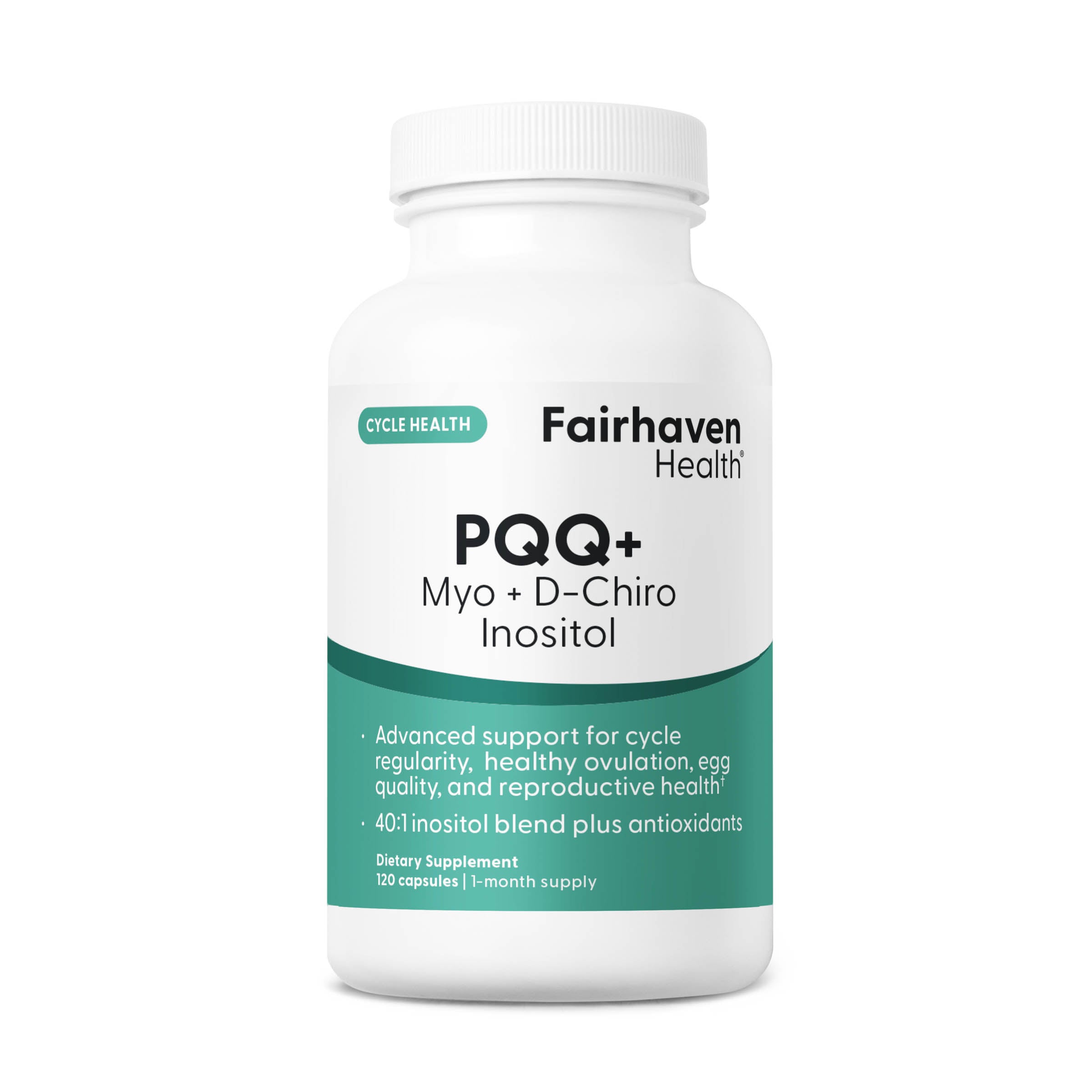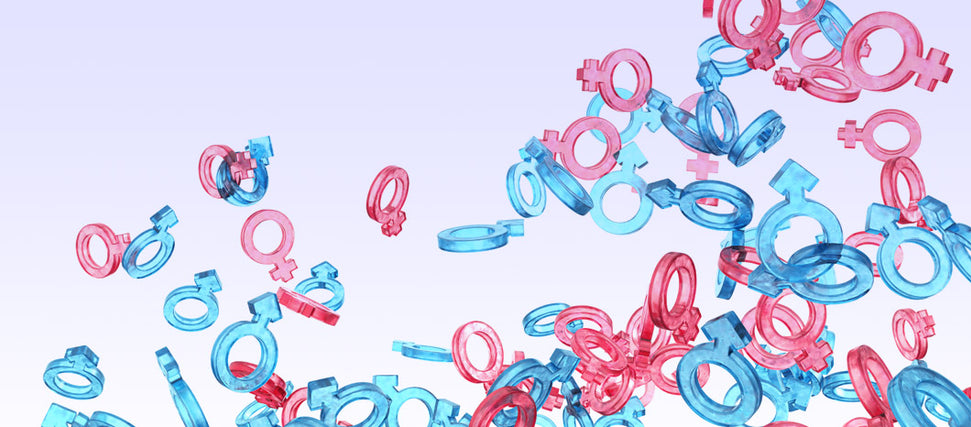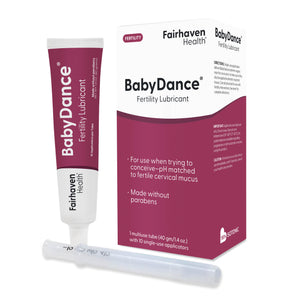Timing Intercourse and Sexual Position to Increase the Odds of having a Boy or a Girl
Gender selection has always been a hot topic - and more and more couples are turning to, or at least speculatively entertaining the possibility of using, methods and techniques of influencing the gender of their next baby. Most well-known among these is the Shettles Method, which we will explore in-depth below.
According to a number of websites that market various gender selection kits (selection strategies combined with products or services), the "quest" for determining gender goes back to prehistoric times, with purported evidence of early gender selection techniques revealed in primitive drawings. While these claims seem a bit fantastic, its certainly not an exaggeration to suggest that formal efforts to sway the odds of conceiving a boy or a girl date back at least to astrological Chinese Gender Charts (about 1,000 years ago).
However, only during the past decades have the mysteries enshrouding gender been solved - how gender determined during reproduction conclusively analyzed. In fact, it is now common scientific knowledge that a baby's gender is determined during the very first moments of pregnancy - during conception. Specifically, it is the sex chromosome carried by an individual sperm that will dictate the final say on whether a baby is male or female.
To provide a brief overview, when a woman ovulates an egg, it carries an X chromosome. A sperm may carry either an X or a Y chromosome. If the sperm with the X chromosome fertilized the egg, the embryo will develop into a girl (XX). If a sperm with a Y chromosome fertilized the egg, the the embryo will develop into a boy (XY). Hence, we frequently refer to sperm as being either male (Y) or female (X) sperm, even though these terms are configurative and rather unscientific sounding.
What has been established, however, is that male (Y) and female (X) sperm exhibit differentiated attributes and unique qualities. And by understanding the properties and behaviors of each type of sperm, environmental-reproductive contingencies can be manipulated to favor the odds of one type of sperm to fertilize the egg and determine the gender of your baby.
From this theoretical foundation, a number of gender selection theories have evolved, and perhaps the most well-known among these is the Shettles Method, which attempts to control a number of variables: timing intercourse in relation to ovulation date, use of sexual position, and depth of male penetration. The logic underlying the Shettles Method of sex selection is that by changing these three factors above, X or Y chromosome sperm will be offered a differential advantage in being able to reach, and therefore fertilize, the egg.
Shettles Method: Characteristics of X and Y Chromosome Sperm
To understand how the Shettles Method works, we first need to clarify the qualitative differences between the X and Y chromosome-carrying sperm.
The Y-chromosome sperm (boys) have been found to be smaller and faster than the female X-chromosome sperm. However, Y-chromosome sperm may be less resilient than X-chromosome sperm, may die more quickly, and may not be able to withstand more acidic environments (pH levels of the vagina). Boy sperm live fast and die young, so to speak.
The X-chromosome sperm (girls) have been found to be slower but more resilient than the Y sperm. X-chromosome sperm are larger and are more capable of enduring vaginal environments where the pH levels are more acidic. Typically, the vagina and cervical environments become less acidic right before and during ovulation, due to the increased presence of cervical mucus. The reproductive function of cervical mucus is to provide a healthy medium for sperm to swim and survive (longer). Cervical mucus will also likely reduce the acidity of the vagina and create more alkaline pH levels, helping sperm survive longer. We'll see below how this may play a factor in the Shettles Method of gender selection.
Boy sperm live fast and die young, so to speak. Girl sperm are like the tortoise in the Tortoise and the Hare children's fable: Slow and steady still wins the race. The Shettles method suggests that certain vagina environments, sexual positions, and dates of intercourse (timed in relation to ovulation) will favor one sperm over the other, based on the sperm attributes described above.
So now we understand the premises underlying the Shettles Method. This, however, is only one-half of the equation. In order to implement the Shettles method, we need know when you ovulate during your cycle. Predicting ovulation accurately is the key to success in the Settles Method, as timing intercourse is the cornerstone of influencing your baby's gender. We deal with this in the practical guide discussed in Part 3: Shettles Method: Fertility Charting and Gender Selection.
Right now let's stick to theory! We'll touch on practice below....
Gender Selection: To Have A Boy
If the boy sperm are faster but have a shorter life span, then the Shettles objective is to time lovemaking in nearest proximity to ovulation - right before ovulation takes place or the day you ovulate. The concept here is that Y-chromosome sperm will swim quicker than the X-chromosome and more of the Ys will reach the egg sooner. Therefore, the chances of having a boy are increased.
Remember, the egg can survive for only 24 hours following ovulation. Only one sperm can fertilize the egg (out of the millions who start the journey), so timing intercourse close to ovulation would favor quicker Y-chromosome sperm, even if their lifespan is short.
Shettles advises that to increase the odds of having a boy, do not have intercourse during your "transitional" fertile days four to five days before you ovulate. Rather, time lovemaking directly prior to and during ovulation. The Shettles Method also suggests deep penetration in order to get the sperm closer to the cervical canal, closer to the egg, and more likely closer to the abundant cervical mucus that should be present during your most fertile days. As for sexual position, Shettles recommends rear entry or "doggy style" for deepest penetration. According to Shettles, women should try to have an orgasm at the same time as the man; purportedly, orgasms increase endocervical secretion and increase the alkaline level of the vagina. Men should avoid wearing tight cloths and hot showers, etc, prior to intercourse as heat will more likely weed out the Y-sperm than the X-sperm.
These factors should 1) decrease the travel distance of sperm 2) provide a more alkaline pH environment in the vagina (due to presence of cervical mucus) 3) get male sperm to the egg quicker 4) promote environments conducive to male sperm survival.
Shettles: To Have a Girl
According to the Shettles Method, to have a girl, we simply reverse the terms. Instead of timing intercourse directly prior/during ovulation, make love during the transitional days and two to three days before you ovulate. Try to avoid sex when your cervical mucus is most fertile (when you have egg-white cervical fluids). Shettles suggests that women avoid having an orgasm and recommends shallow penetration to make it more difficult for the male sperm to make the big journey. Hence, missionary position is advised, or any shallow-penetration strategy that deposits sperm further from the entrance to the cervix.
The principle here is that these integrated methods will favor the slower, more resilient sperm. Female X-chromosome sperm can endure a more acidic environment, live longer, and swim further than their male counterparts.
So that's the Shettles Theory behind choosing the sex of your baby. Now, let's look at practical aspects of actually implementing the method by using a fertility chart, ovulation calendar, and by monitoring natural fertility signs. Click: Shettles Method: Fertility Charting and Gender Selection.







